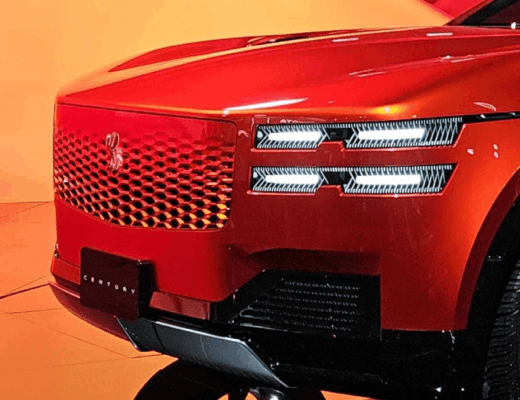Most of the automotive world is working to reduce emissions and provide more fuel-efficiency while pulling more power out of small engines. This sounds like a nearly impossible task, but most of the automotive world is doing this by using some form of forced induction with turbocharging, supercharging or both. Some automakers are working hard to avoid adding these aspects to their engines and one of those that has found a way to avoid adding these aspects of engine technology under the hood is Toyota. As one of the most respected names in the industry, it seems more companies should take a page out of the Toyota book.
The development of what Toyota has been working on, which had its goals firmly set in avoiding the need to have forced induction under the hood, has brought them to a new engine technology called “Dynamic Force”. This engine technology is making it possible for smaller engines to have more power while remaining the same size. Additionally, the engines that use the Dynamic Force qualities also return better overall efficiency in order to make it possible for the Toyota vehicles to offers what’s required by new regulations without forced induction.
The way the Toyota engineers were able to improve engines such as the one that’s offed in the new Camry, was to focus on four main areas. They focused on friction reduction, exhaust flow, cooling and the intake system to create more efficiency in all four areas. With this goal in mind, the team was able to increase the thermal efficiency to forty percent in the Camry engine which is a mark that most engines are never able to achieve at all. This new Dynamic Force engineering isn’t reserved for only the Camry four-cylinder engine but will be used in the V6 and V8 engines as well.
The new 2018 Toyota Camry is powered by the 2.5-liter four-cylinder engine that uses this Dynamic Force. This engine now has 206 horsepower and the ability to return as much as 41 mpg on the highway. With this success alone, we will see this new quality will be added to the larger engines in concept form to start with but you can expect to see this be part of the Toyota lineup for the SUVs and trucks in the near future giving us everything we need with more power and more efficiency from these engines.
It remains to be seen as to whether or not this feature will be passed on to the Toyota Corolla, RAV4 or other models, but Toyota has a tendency to develop new tech in one vehicle and then pay it on to the next. The benefit to using this Dynamic Force system rather than forced induction is the ability to continue to operate the Toyota models with regular gasoline and to leave room to add these items at a later time as needed. For now, Toyota doesn’t need to use any form of forced induction at all, but eventually, they may have to. With more efficient models on the market and engines that can continue to meet all standards, Toyota is showing the rest of the automotive world what can be done. This makes most of the other automakers look a bit lazy considering they have mostly been quick to add turbocharging and supercharging to their engines.
This post may contain affiliate links. Meaning a commission is given should you decide to make a purchase through these links, at no cost to you. All products shown are researched and tested to give an accurate review for you.




